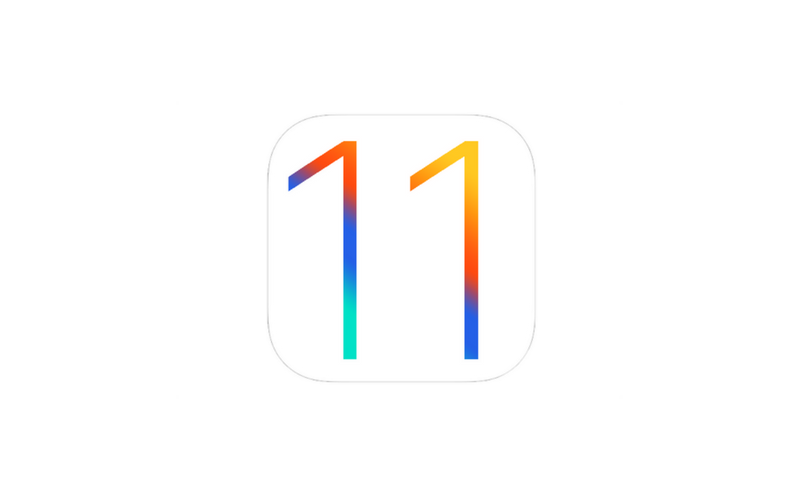
In mid-September, Apple is expected to roll out iOS 11. This event is predicted to set a new standard for mobile operating systems. But realistically, a lot of what we have been hearing are rumors, so we have to wait and see if this release lives up to all the hype.
However, if history is anything to go by, iOS 11 is probably going to be huge. Not every Apple iOS release has been what you would call a “leap in technology,” but iOS 11 might just be something to get excited about.
Why? For one, we haven’t seen any massive changes in about four years, so the timing is also right for a major overhaul.
Reality and Core Machine Learning
For app developers, iOS 11 will mean learning Augmented Reality (AR) and Core Machine Learning (Core ML) capabilities. According to Apple, the ARKit will be a framework for building AR experiences for the iPad and iPhone by merging camera and sensor data with more data (which are known collectively as Core Motion data) from the following:
- Accelerometer
- Gyroscope
- Pedometer
There are also a lot of opportunities here with its robust customization options, new files infrastructure, and multitasking features.
Core ML will be a game changer as it will enable developers to run learning models on the mobile device itself. This, in turn, eliminates the need for server round trips which were essential in the past.
Furthermore, the following will also enable developers to design vision-based ML into their iOS apps:
- Bar code detection
- Face detection
- Face tracking
- Landmarks
- Object tracking
- Rectangle detection
- Text detection
iOS developers will be thrilled with the fact that ARKit makes surface detection (and estimating how far each surface is from the ground and from the end user) a simple endeavor.
This is because it’s now possible to seamlessly throw in 3D models into the project and the mobile app will continue to remain in the same position in space without adding any new code. As a result, developers can now create apps like Pokemon Go or Snapchat-style filters much faster than ever before. This is because all they have to do now is go in and look at the APIs before building it.
Brand new Control Center
The new Control Center will also be enabled with customizable buttons and toggles. The functionality can also be changed based on individual use-cases.
This might open the door to allow developers to add widgets to the Control Center like they did with the Notification Center that allow buttons or toggles for some third-party applications.
Facial recognition
Facial recognition is going to be quite insane (with this release) as you will be able to take a photograph of someone with your camera and look them up with Facebook APIs to see if they can be identified.
But to do this, developers will have to master ML with the appropriate technology stack. This will enable developers to take advantage of Core ML to use facial recognition as a mode of authentication for the app.
While all these ML models and cognitive services cost a lot of money in the past, it will all be free now as part of the new iOS.
iOS 11 will be a 64-bit only environment
iOS 11 will only support 64-bit. So what does that mean for developers?
If you have been doing this for a long time, you will probably have to work on a bunch of updates as it will no longer support older devices like iPhone 5S. In fact, iOS will be a 64-bit only environment that can possibly make thousands of apps redundant (and they’re already issuing warnings that 32-bit apps will not be supported on future versions of iOS).
From the end user’s point of view, one of the changes that will be noticed right away is the complete redesign with updated icons and transitions. What’s more, the Apple’s app marketplace is also expected to get an upgrade with the aim of boosting app discovery (the new App Store is also expected to be rolled out this fall).
Users will also potentially benefit from the following updates:
- Better sharing
- Dark Mode
- Group FaceTime
- New emojis
- Smarter Siri
Are you excited about the upcoming release of iOS 11? 😉









